|
Home
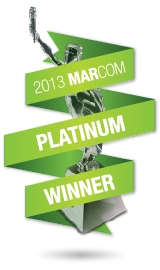
Marcom Award
2007-2008-2009
2010-2011-2012
2013-2014

Videographer Award
2007-2008-2009
2010-2013-2015
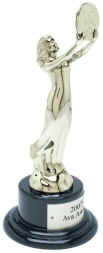
AVA Award Winner
2007-2008-2009
2010-2011-2012
2013-2014-2015
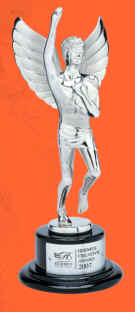
2008-2009-2010
2011-2012-2013
2014
Hermes Creative
Award Winner

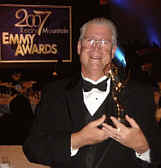
Ed
Sharpe / CouryGraph Productions
Glendale Daily Planet / KKAT-IPTV 2007 EMMY®Award Winner
2007
Rocky Mountain Region Emmy® Award Winner for Breaking News/ Continuing
Coverage
FIRST
IN GLENDALE!
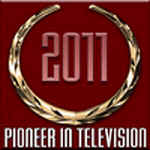
Berkeley Film Festival
Grand Festival
Pioneer In
Television Award
2011
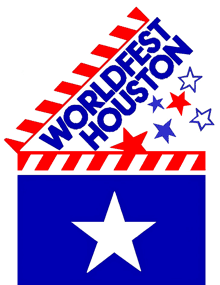
Remi Award Winner
Worldfest Houston
2009 - 2010 -2011

2009 EMPixx Awards
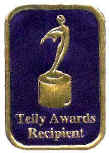
Telly Awards 2006-2007-2008-2009-2010
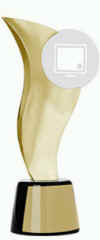
2008 & 2009
Communicator Awards
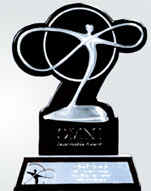
Omni Intermedia Awards
2007-2008-2009

Millennum Awards
2006-2007-2008
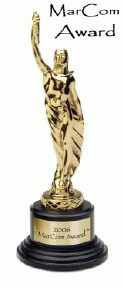
Marcom Award
2007-2008-2009
2010-2011-2012
2013-2014
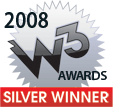 
W3 Media Awards
2008/2009
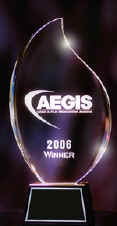
2007/2008/2009 Aegis
Finalists and Winners

Accolade Award Winner
2007-2008-20010
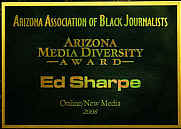
Arizona Assn. of Black Journalists Diversity Winner
2008/2009
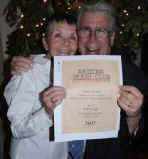
Arizona Press Club Winner
Ed Sharpe,
The Glendale Daily Planet:
Use of Online Media
"Cesar E. Chavez 2007"
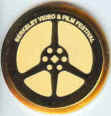
Berekeley Film Festival
2006-2007-2008-
2009-2010-2012
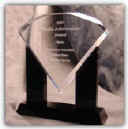
Media Achievement Awards
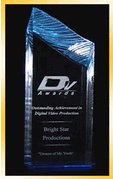
2008/09 Finalists and Winners - DV Awards

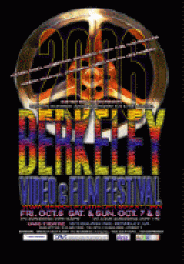
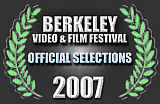
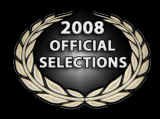
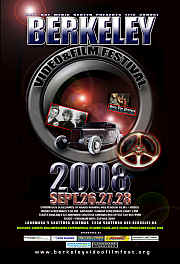

CouryGraph
Productions
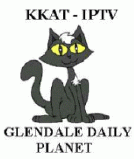
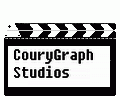

CALIFORNIA
HISTORICAL RADIO SOCIETY
IS PLEASED TO HONOR
EDWARD
A. SHARPE
WITH THE
CHARLES D. 'DOC' HERROLD
AWARD FOR
OUTSTANDING ACHIEVEMENT IN
THE PRESERVATION AND DOCUMENTATION OF
EARLY RADIO.
BY
THE BOARD OF DIRECTORS, 1992:

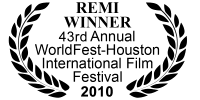
| |
| |
|
EXTEL AC31
Teleprinter used for REUTERS News Service
From the SMECC
History of Journalism Collection www.smecc.org
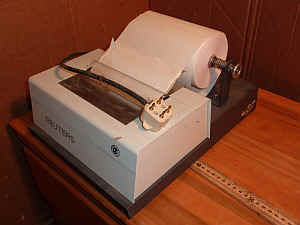 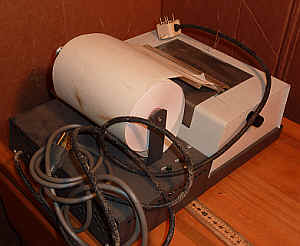 
EXTEL CORPORATION
A Brief History
August 27. 2001
Shortly after Walt Zenner retired as Vice President of Research and Development
at the Teletype Corporation in 1964 he and Peter Mero, developer of the Electrowriter,
formed the Quotemasrer Corp.
The company started small with just a couple of technicians working under the
direction of Zenner in a leased building in Rosemont. near the (Y Hare airport. Their first
product was a stock ticker. It bad a continuously running typewheel and printing was
done on the 11)'. here were already stock tickers on the market but the Quotemaster had
a unique selection feature. A customer could gel up the stock symbols he was following
and the ticket would print only those symbols as trades were made on the exchanges.
This eliminated the usual searching through hundreds of feet or paper tape for the stock
trades a customer was interested in.
TransLux. the company that made projectors for the stock exchange
purchased
the right to the product and planned for its manufacture. Shortly thereafter, the economy
look <'II downturn and production plans were put on hold.
In addition to the product Translux wanted the right to the name Quotemaster,
This was granted but now the company had to find a new name, In England the telegraph
systems are operated by the federal government along with the telephone
and post office,
The London stock exchange had a private telegraph company for its ticker and financial
news operations. This company was called the Exchange Telegraph but people used a
very popular nick name. Ex Tel. This nick name was not registered so Peter adopted it
for the new name of this small company. The name added prestige in Europe out of
proportion to the American company with a staff or five.
With the inflow of funds from the sale of the ticker, work began on a dot matrix
printer. By 196911 first model had been developed, Electronics for the printer was solid
state transistor logic, with the mechanical parts limited to a stepping motor to control the
position of the print head and magnet driven needles to print the matrix character. The
mechanical part of the printer was almost ridiculously simple. The logic. that converted
the incoming teletypewriter characters to the 5 x 7 matrix characters was a major part of
the electronics, As the. first model approached completion Texas Instrument announced
the development of a single chip which was perfectly suited for this purpose, It was
immediately included in the product, resulting in an excellent system.
The small staff had started with a totally new concept. and after one year, had a
working model of a very attractive product The bank account, however, "vas gone.
Mero had never been enthusiastic about the product but now bad to sell it ...
there
was no alternative. He took it to New York and demonstrated it to Reuters, the business
news company. He. returned from the trip and told Zenner excitedly and with some awe
in his voice "They liked it."
As the sales negotiation proceeded, a group of Reuters executives visited the
Extel factory, Mero arranged for eleven additional people to populate the factory
floor
during the exhibit and demonstrations, since there were only five people on staff in the
company at that time.
Reuters ordered a substantial number of printers and with their order in hand,
Mere set about to raise funds for the forthcoming manufacture of the printers. Kemper
Insurance Company bought 51% of the company, and with new funds the company
leased factory space in the: northern suburb of Northbrook. At this point Zenner lost
interest as the company's activities changed from research and development to mass
production and he resigned from the company. (still holding his half of the 49% of the
remaining shares).
Peter Mere continued as President and Vice President of Sales. As production
increased and printers were put in service, he sold 'this specialized primer to about 30
different news companies around. the world.
Extel continued to produce the printer and manufactured. about a. quarter million
printers.
Zenner said that, in his opinion the Extel printer was the first successful dot
matrix teleprinter,
|
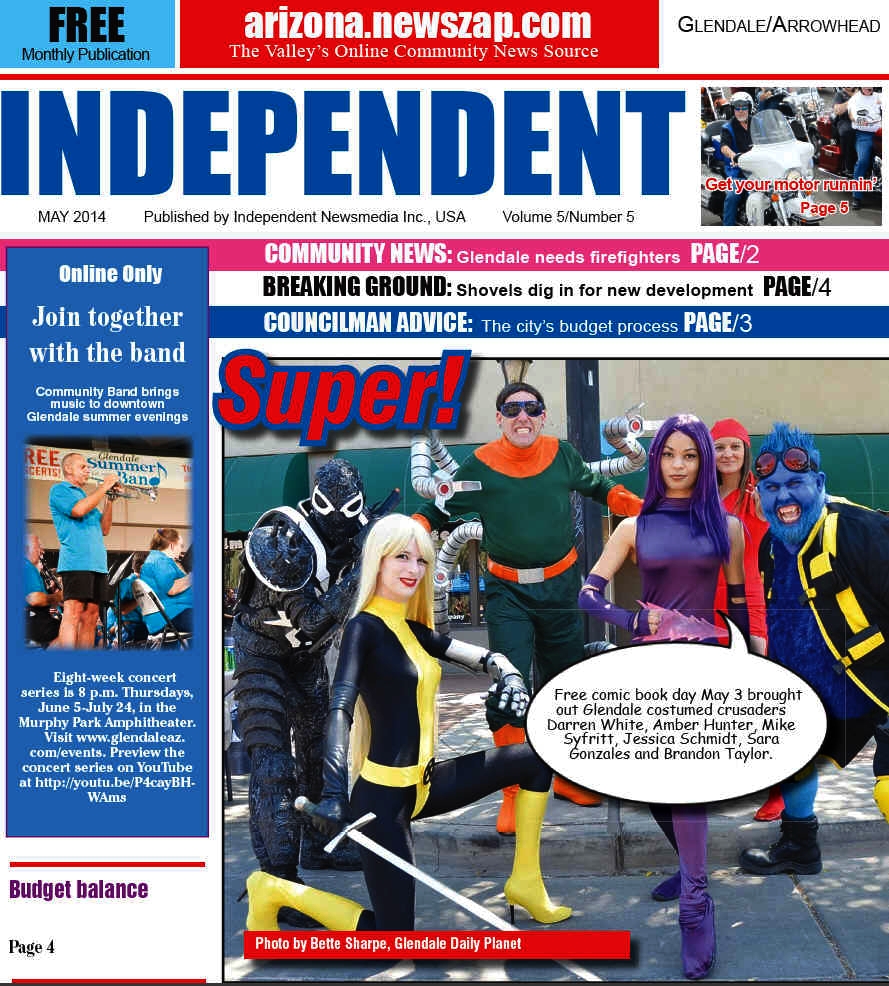
Bette Sharpe of CouryGraph
Productions/Glendale Daily Planet shared this photo with one
of our other Arrowhead Independent Newspaper and they
'FRONT PAGED' it!
We share stories, photos
and video with many media outlets - Ed #
|
| |
|

